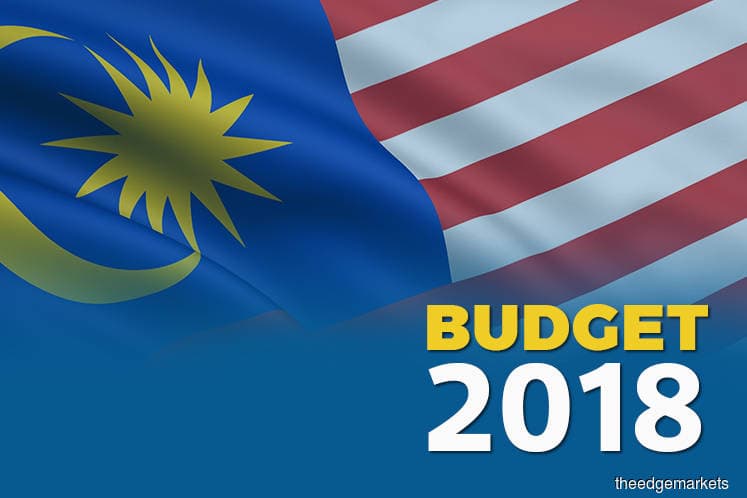
This article first appeared in The Edge Financial Daily on November 16, 2017
KUALA LUMPUR: The Budget 2018’s focus on distribution of wealth puts Malaysia on the right path, but there must be accountability for how operating expenditure (opex) is being utilised, according to Axcelasia Inc executive chairman Dr Veerinderjeet Singh.
“There has been much emphasis on the distribution of wealth as expected, given it is the last budget before the [14th] general election, which we think is the right path ... What we are disappointed with is that development expenditure has remained the same despite an increase in expenditure. The government will have to continue looking at how to manage the operating expenditure and there’s a limitation,” he told a press conference during the Annual Budget Seminar on the recent 2018 budget proposals yesterday.
“I think one of the ways forward is greater accountability on how the respective ministries spend their money. [Perform a] cost-benefit analysis to focus on value in terms of what we get. We can allocate whatever we like to the ministries, but a report card is needed to show how it is being done. Allocations are fine, but do we get value from what we had spent? To us, it’s all about accountability.”
Axcelasia Taxand Sdn Bhd executive director Kang Beng Hoe concurred, noting the need to adopt a distribution of wealth policy in the budget as the disparity between the high and lower income groups remains huge in the country.
“On the budget as a whole, looking at the big picture, you may have noticed that it is the first time when the approach towards the budget is different. The focus in this budget is on distribution. I like to think this is going to be an increasing focus on future budgets,” Kang said.
“One of the weaknesses in our economy is the large income disparity ... Malaysia’s inequality index is still among the highest in the region. The two countries higher than us are Singapore and the Philippines. We still have a long way to go, so I understand the need to adopt distribution policies in our budget.”
In his Budget 2018 speech last month, Prime Minister Datuk Seri Najib Razak announced that household income distribution in Malaysia has improved with the Gini coefficient reduced from 0.441 in 2009 to 0.399 in 2016, the lowest in the history of the country.
Kang also pointed out that limitation on the development expenditure is due to a large chunk of the allocation going into paying civil servants’ salaries and pensions. “Historically, our opex has been going up. It is an intractable problem because we have 1.6 million civil servants and pensioners. This has restricted our ability to spend on development expenditure.”
Kang and Veerinderjeet agree that the emphasis on distribution of wealth has probably taken centre stage as opposed to the initiatives and incentives to attract foreign investments.
Veerinderjeet said despite a lack of emphasis on initiatives to attract investments in the latest budget, the existing incentives and initiatives are still relevant. He also points out the two largest sectors given the highest allocations in the budget are education and healthcare.
“Moving forward, as we slowly become an ageing society, expenditure on healthcare will grow. Therefore, we need to address this issue on the opex. Accountability would be key in this [matter],” he added.
On the economy, he said the government expects growth to moderate in 2018 from 2017, with a projection for the gross domestic product of between 5% and 5.5%. In line with this, the government is expecting revenue from income tax collection to grow 6.7% in 2018 and collection from the goods and services tax by 5.3%.
Another positive would be the crude oil price, Veerinderjeet said, as the market is expecting it to remain at the US$62 per barrel level, higher than the projection of US$55 per barrel in Budget 2018.
“While Budget 2018 gave a projection of US$55 per barrel, [the US$62 per barrel market projection] would bring in additional revenue,” he said, adding that petroleum income tax and royalties under such a scenario would provide additional revenues as well.
Apart from a stronger crude oil price and an improving trade environment, Veerinderjeet said the ringgit could stabilise at the current level of 4.20 against the US dollar and improve to 4.10. “[When] the country’s trade continues to improve, we will also see the ringgit stabilise.”